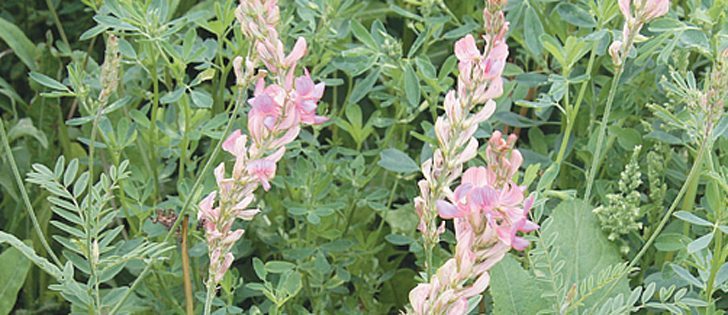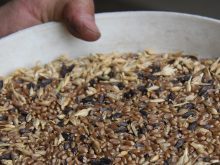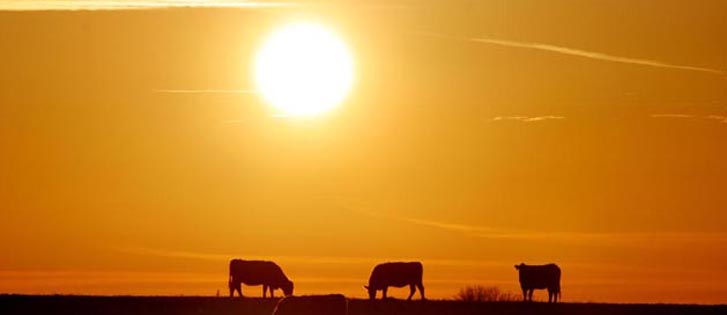Mountainview variety | Plots near Lanigan, Sask., didn’t perform as well as those in Lethbridge
LANIGAN, Sask. — Officials testing the performance of new sainfoin lines say the forage plots on the Termuende Research Ranch near Lanigan are in stark contrast to those in other parts of the Prairies.
After a long winter, researchers have observed fewer plants and a reduction in growth from lines that have shown the greatest promise in Alberta.
Among the lines being tested is Mountainview, which will be the first new variety of sainfoin released to producers in more than a generation when it becomes available in 2015.
Read Also

August rain welcome, but offered limited relief
Increased precipitation in August aids farmers prior to harvest in southern prairies of Canada.
“Last year if you were here and saw these plots, the sainfoin stems would be three times the size of this,” said Paul Jefferson of the Western Beef Development Centre.
The plots were a curious stop on a recent field day at the centre’s farm because of sainfoin’s potential to reduce bloat risk when grazed alongside alfalfa.
Alfalfa is a nutritious, high protein forage for cattle, but it comes with the risk of a fatal gas buildup. Characteristics of sainfoin reduce that threat.
“Because of that uncertainty, because you never want to see that animal with four legs sticking up in the air, most producers never ever utilize alfalfa to its full extent,” said Alan Iwaasa of Agriculture Canada in Swift Current, Sask.
Researchers have tested sainfoin in stands of 15 percent, mixed with AC Grazeland alfalfa, and have found few issues with bloating.
However, existing lines are slow to regrow after being cut or grazed. Mountainview has greater regrowth potential.
“If we can get this thing to work, if we can actually find something that has good performance, is long lived and provides that protection against bloating that sainfoin will give you, that’s a win-win situation for producers,” said Iwaasa.
In Lethbridge, where the lines were bred, all three of the experimental varieties outperformed the check variety, Nova, in tests that date back to 2008.
Iwaasa reported that yields were down in Swift Current under typically drier conditions where producers get fewer cuts on forage crops, but plant populations remained steady.
Trials in Saskatoon have also showed promise.
The plots in Lanigan were seeded in 2011 and produced well in 2012, before this spring’s poor performance. Iwaasa said a long winter may have played a role, but the neighbouring alfalfa hasn’t been affected similarly.
Last year, the plots were cut three times over the summer.
“We stressed the sainfoin with frequent clipping, which was basically to try to simulate some grazing pressure, and we saw a significant reduction in plant density and growth. So we accomplished our objective,” said Jefferson.
“What is evident here is the sainfoin did not persist as well here as it did in Lethbridge.”
The Lanigan trials are wrapping up, but Iwaasa said funding has been secured to continue to test the sainfoin lines elsewhere.
“We feel quite confident, in our case, that we’re going to come to the conclusion as far as how long will these sainfoin lines survive. How long will they be able to maintain under grazing,” he said.















